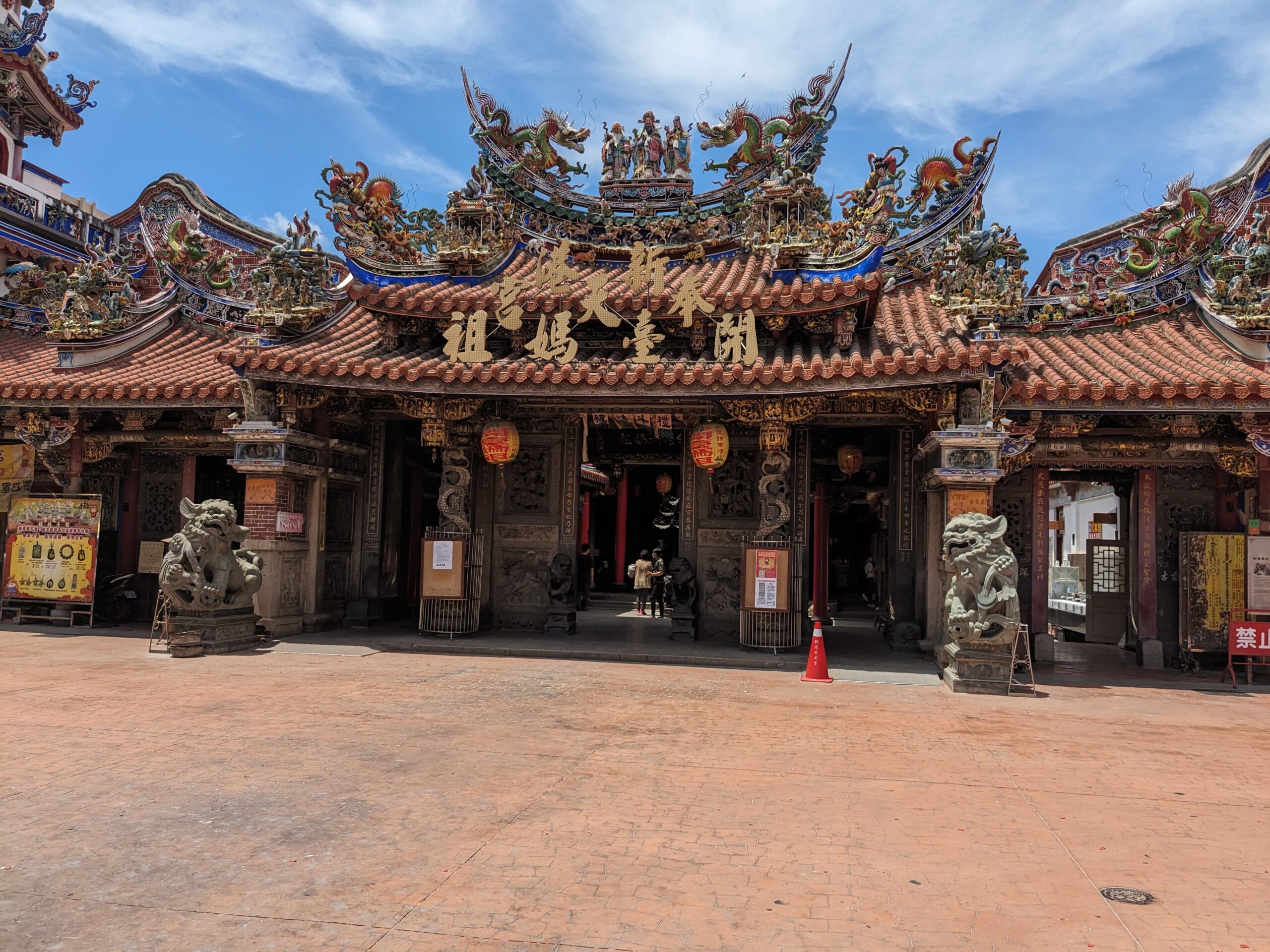Taiwan boasts abundant and diverse natural landscapes, such as Taroko National Park, the Central Mountain Range, Yushan, and its distinctive coastlines. The island’s early pioneers embodied a spirit of adventure and resilience, and Taiwan, as a result, has embraced a diverse range of cultural influences from different parts of the world.
Apart from engaging in farming and gathering fruits, the early settlers also developed fishing techniques. The necessity of livelihood gradually transformed small settlements into larger communities. However, their understanding of weather conditions relied primarily on experiential judgment, unlike the current scientific report relying on satellite cloud imagery. News of individuals being unable to return to their settlements safely was not uncommon, leading to the gradual establishment of Mazu temples as centers of devotion across different regions. Mazu legends abound, and it is said that the name of our Mazu Archipelago derives from Mazu herself. According to recorded accounts, Lin Mo-Niang (known as Mazu) from Meizhou, Fujian province during the Song Dynasty, learned that her father and brother encountered a storm while sailing near the mouth of the Min River. Upon learning this, she tragically lost her life in order to save her family. Her body drifted to Gantang Island (nowadays Nangan Island in the Matsu Archipelago), where local fishermen recovered her remains and laid her to rest near the coastline. Consequently, it became common practice for fishermen embarking on fishing trips to worship Matsu, seeking her blessings for a safe and successful voyage.
The religious ritual and procession dedicated to Mazu, which are widely regarded as one of the world’s three major religious events, hold immense cultural heritage significance. I believe that this important cultural heritage extends beyond the spiritual realm for the religious followers and also carries great economic importance for the local communities. It is evident that the businesses located near the Mazu temples not only attract a significant number of tourists but also indirectly promote various local specialty shops. Well-known examples include the famous peanuts and sesame oil in Beigang, the Xingang candies and pastries in Chiayi, the renowned taro products in Dajia, and the incorporation of local specialties in Lukang. Many Mazu temple areas also witness the establishment of various organizations, such as choirs similar to those found in churches or youth fellowship groups. There are administrative buildings for temple committees and facilities for pilgrims, as well as nearby schools like Xingang Arts High School in Chiayi, Beigang High School in Beigang, Dajia High School in Dajia, and Lukang High School in Lukang. These nearby facilities contribute to the overall stability and significance of the faith center.
As Taiwanese, it is possible for us to gain a deeper understanding of Mazu culture and use it as a gateway to comprehend this island. In the future, if given the chance, I also plan to participate in the Matsu pilgrimage and truly appreciate the allure of this world-renowned religious event.
